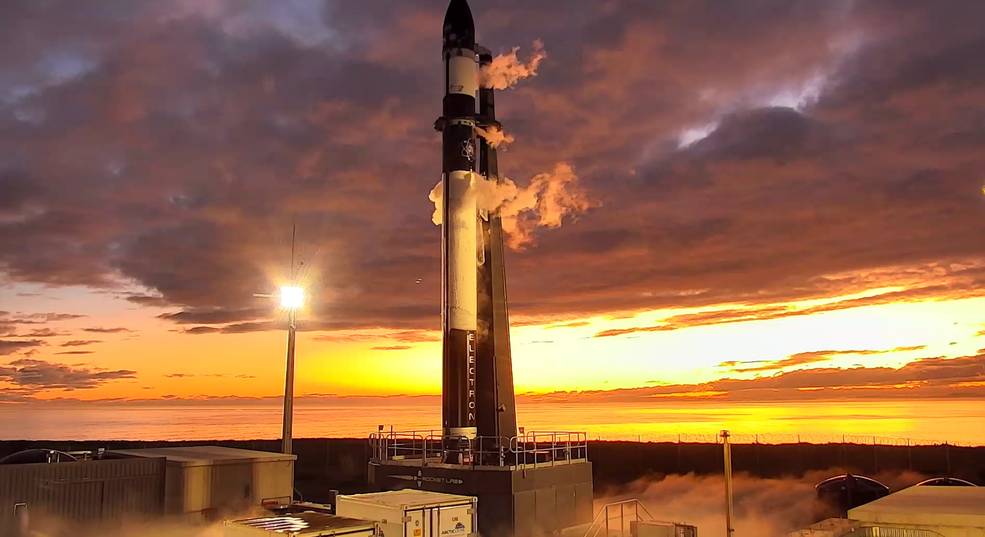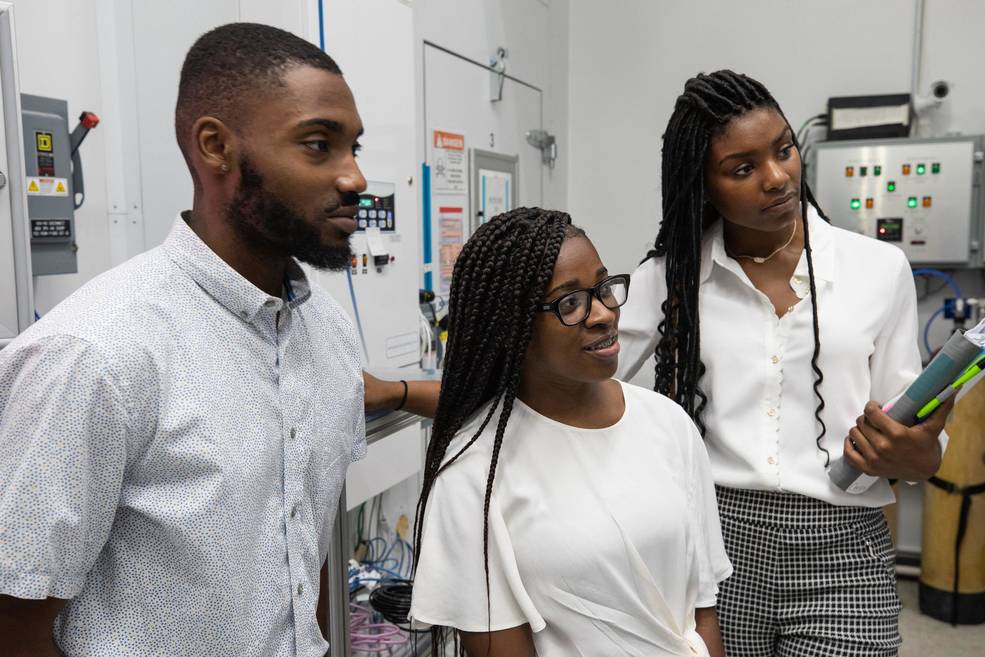New Team to Assess NASA’s Mars Sample Return Architecture Proposals

NASA announced Wednesday a new strategy review team will assess potential architecture adjustments for the agency’s Mars Sample Return Program, which aims to bring back scientifically selected samples from Mars, and is a key step in NASA’s quest to better understand our solar system and help answer whether we are alone in the universe.
Earlier this year, the agency commissioned design studies from the NASA community and eight selected industry teams on how to return Martian samples to Earth in the 2030s while lowering the cost, risk, and mission complexity. The new strategy review team will assess 11 studies conducted by industry, a team across NASA centers, the agency’s Jet Propulsion Laboratory in Southern California, and the Johns Hopkins Applied Physics Laboratory. The team will recommend to NASA a primary architecture for the campaign, including associated cost and schedule estimates.
“Mars Sample Return will require a diversity of opinions and ideas to do something we’ve never done before: launch a rocket off another planet and safely return samples to Earth from more than 33 million miles away,” said NASA Administrator Bill Nelson. “It is critical that Mars Sample Return is done in a cost-effective and efficient way, and we look forward to learning the recommendations from the strategy review team to achieve our goals for the benefit of humanity.”
Returning samples from Mars has been a major long-term goal of international planetary exploration for more than three decades, and the Mars Sample Return Program is jointly planned with ESA (European Space Agency). NASA’s Perseverance rover is collecting compelling science samples that will help scientists understand the geological history of Mars, the evolution of its climate, and potential hazards for future human explorers. Retrieval of the samples also will help NASA’s search for signs of ancient life.
The team’s report is anticipated by the end of 2024 and will examine options for a complete mission design, which may be a composite of multiple studied design elements. The team will not recommend specific acquisition strategies or partners. The strategy review team has been chartered under a task to the Cornell Technical Services contract. The team may request input from a NASA analysis team that consists of government employees and expert consultants. The analysis team also will provide programmatic input such as a cost and schedule assessment of the architecture recommended by the strategy review team.
The Mars Sample Return Strategy Review Team is led by Jim Bridenstine, former NASA administrator, and includes the following members:
- Greg Robinson, former program director, James Webb Space Telescope
- Lisa Pratt, former planetary protection officer, NASA
- Steve Battel, president, Battel Engineering; Professor of Practice, University of Michigan, Ann Arbor
- Phil Christensen, regents professor, School of Earth and Space Exploration, Arizona State University, Tempe
- Eric Evans, director emeritus and fellow, MIT Lincoln Lab
- Jack Mustard, professor of Earth, Environmental, and Planetary Science, Brown University
- Maria Zuber, E. A. Griswold professor of Geophysics and presidential advisor for science and technology policy, MIT
The NASA Analysis Team is led by David Mitchell, chief program management officer at NASA Headquarters, and includes the following members:
- John Aitchison, program business manager (acting), Mars Sample Return
- Brian Corb, program control/schedule analyst, NASA Headquarters
- Steve Creech, assistant deputy associate administrator for Technical, Moon to Mars Program Office, NASA Headquarters
- Mark Jacobs, senior systems engineer, NASA Headquarters
- Rob Manning, chief engineer emeritus, NASA JPL
- Mike Menzel, senior engineer, NASA Goddard
- Fernando Pellerano, senior advisor for Systems Engineering, NASA Goddard
- Ruth Siboni, chief of staff, Moon to Mars Program Office, NASA Headquarters
- Bryan Smith, director of Facilities, Test and Manufacturing, NASA Glenn
- Ellen Stofan, under secretary for Science and Research, Smithsonian
For more information on NASA’s Mars Sample Return, visit:
https://science.nasa.gov/mission/mars-sample-return





